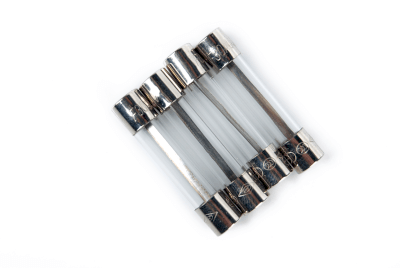What Is a Fan Motor?
A fan motor is a component used to create airflow by rotating a fan or other device in the shape of blades or wings utilizing a motor to ventilate or cool the inside of a device.
Fan motors are classified into axial fans, blowers, and centrifugal fans, depending on the shape and principle of airflow. There are also AC fan motors, DC fan motors, etc., depending on the driving power source.
There are various types of fan motors with different functions, such as those that can control the number of rotations, those that can detect the number of rotations, and those that are quiet to suppress the noise caused by fan rotation.
Applications of Fan Motors
Fan motors are often used to cool the inside of electronic equipment. As the performance of electronic equipment improves, the integration of the equipment increases and the amount of heat also generated increases. Continued high heat generation causes the internal electronic components to malfunction and shortens their service life, so fan motors are used to remove heat.
Fan motors are used for air cooling of electronic equipment such as PCs, servers, projectors, and game consoles, as well as for air cooling of machine tools and various industrial equipment in various scenes to create airflow.
Principle of Fan Motor
Fan motors are divided into axial flow fans, blowers, centrifugal fans, etc., depending on their shapes.
The most commonly used type is the axial flow fan. Axial fans have a motor and blades mounted in the center of the fan, which draws air in from the front and discharges it out the back. There are various types of axial fans with different characteristics, such as high airflow, high static pressure, and low fan noise, and they are used for various purposes, such as blowing air, ventilation, and cooling by airflow.
Blowers differ from axial flow fans in the shape of their blades. The centrifugal force of the cylindrically arranged blades expels air in a direction perpendicular to the axis of rotation. Blowers are also called sirocco fans. They are often used in recessed fans and are sometimes used for ventilation fans in toilets and bathtubs in the home.
Centrifugal fans, like axial fans, have a motor and blades mounted in the center, but they generally lack the frame found in axial fans. While axial fans channel the air drawn into the rear, centrifugal fans are characterized by the fact that they radially channel the air drawn into the sides.
